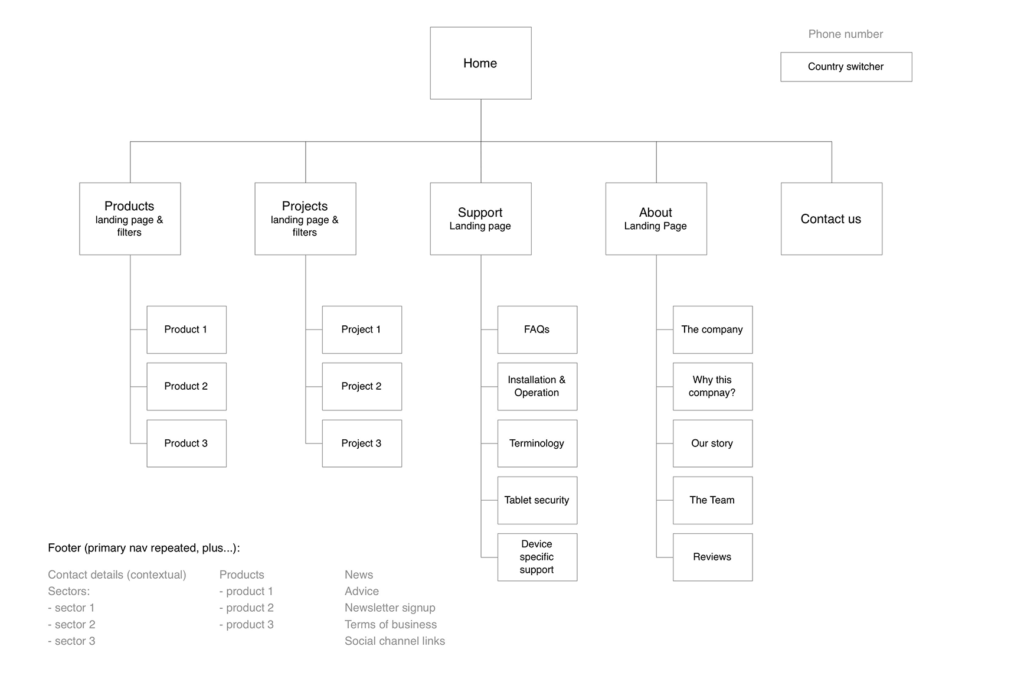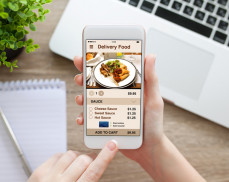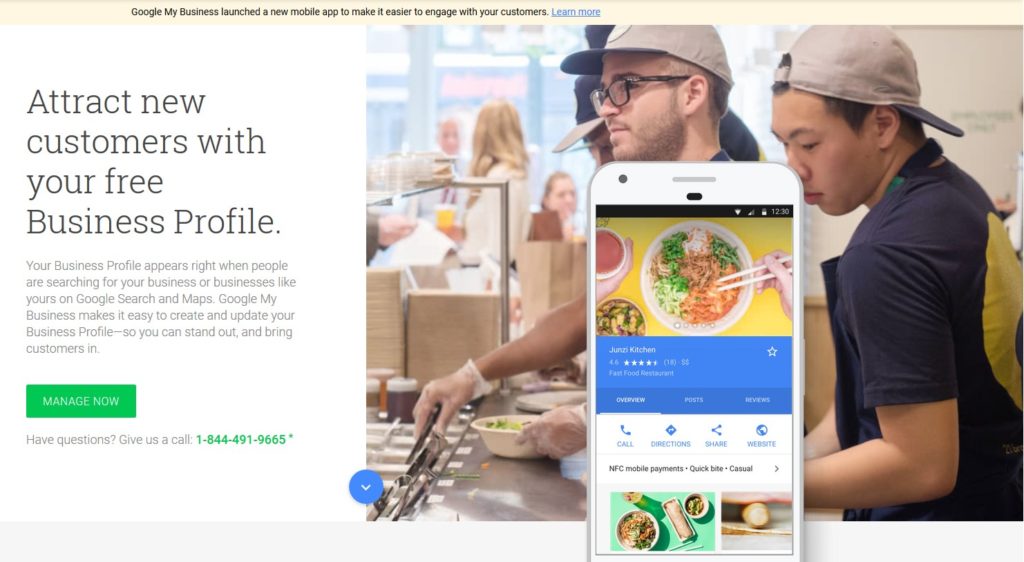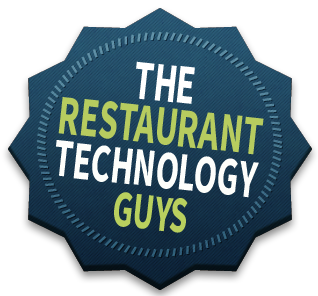
How to make use of any surplus restaurant working capital may be one of the most important decisions which you have to make as a business owner.
After all the hard work and anxiety of getting started, you may be tempted to take and enjoy some of the profits when they come. There’s also often a good case for paying down some debt or increasing your own equity share.
But if you want to expand, it’s important to remember that by far the best and safest way is by investing some of that working capital in the development of your business.
Not everyone’s going to be lucky enough to have Gordon Ramsey and his makeover team pay them a surprise visit. But if you have enough working capital to service some more debt, it might still be worth thinking about a major capital project.
This could mean an expansion of your foodservice and bar area or setting up a patio or garden dining option. Or you may want to upgrade the appearance of your interiors by redecorating and putting in new floorings and furnishings.
Increasing your range of menu options can also be a great way to attract new customers but may require investment in new kitchen space, equipment, and staff.
If your premises are not suitable for on-site expansion, alternative investments might include offering a delivery service, catering for offsite events or running food trucks.
But however you decide to expand, it’s vital that you also invest some working capital in promoting your business.
Traditional advertising on local radio or print media often still works well, but online promotion through platforms like Google Adwords or Facebook is also a great option.
Paid or unpaid, social media marketing is a must these days. So if you don’t have the time or expertise to handle this yourself, investing in a local consultant may be a sound investment.
Less obvious, but still cost-effective methods of promotion and branding include:
Any or all of these projects may have merit, depending on your particular business. But the best bang for your buck will almost certainly come from investing in one or more of the new technologies which are currently transforming the restaurant industry.
For effective cost control, particularly if you have complex menus, an efficient inventory management system is essential. The right system will be able to tell you to the last cent what each ingredient of your dishes costs and where the potential for savings may lie.
But if you have to choose one new technology for your restaurant it should probably be a state of the art, restaurant POS system.
For a relatively modest capital investment, these systems can tremendously enhance the productivity of your kitchen, waiting and bar staff while also improving your customers’ experience.
Using handheld tablets, staff can send orders directly from the table to the kitchen or the bar. They can advise on menu options and upgrades and receive instant updates from the kitchen on order status and any menu changes.

Some systems also allow customers to place their own orders from their table, while waiting to be seated or even from their home PC or phone.
POS tablets now normally have a range of table management tools, including floor plans, which allow staff to maximize table turns and make check out and card or mobile payment as quick and easy as possible.
You can also set up a loyalty program which integrates fully with your POS system. These programs are a great marketing method in their own right, but they’re particularly good for encouraging the repeat business which for most restaurants is a key to sustained profitability.
Finally, for management, a good POS system also helps optimize staff rostering, monitor reservations and will also provide a ton of useful customer data for analysis.
The restaurant industry is often seen as highly traditional, based on a business model that has remained essentially unchanged for centuries, but it’s having to adapt as rapidly as any other in the face of technological change and customer demands.
In addition to the above systems, things like free customer WiFi, online reservation apps and even on-demand digital entertainment are all technologies which customers are increasingly coming to expect.
Fortunately, many of these are relatively low ticket investments but in a highly competitive industry, they’re things which no business can afford to ignore.

Restaurant technology has advanced exponentially in the past decade, and owners and managers have expansive options for introducing innovative tools that improve processes for everyone involved. Here are some of the most important technologies in use today, and how they help facilitate restaurant service and create engaging experiences for guests.
The traditional, analog way of handling reservations and keeping track of waiting lists has no place in 2019. Now, there is a multitude of tools that restaurants can use to seamlessly manage reservations, call-ahead seating placement, and waiting times.
Some options can even optimize seating arrangements for a more efficient restaurant flow, and track guest preferences across multiple visits. Additionally, many digital waitlist management tools now all guests to check in directly via text message and receive instant notifications concerning their table status. After all, why hand out a pager to each guest who is waiting for a table when everyone now carries a cellphone that does the same thing?
Anyone who has run a restaurant knows that inventory management is consistently one of the most difficult tasks to get right, and typical attempts at optimization are small steps forward at best. That has all changed with modern digital inventory management technology, which increases the visibility of one of your business’ most crucial assets, syncs changes across devices in real-time through the cloud, and gives managers and chefs the flexibility to submit inventory counts from anywhere.
Inventory management software can even be integrated into your restaurant POS and tied to recipe data to determine the optimal amounts of items the restaurant should have based on demand. With these advanced tools, you can manage your inventory more effectively than ever, cut down on for waste and food cost, and provide your guests with a consistent experience.
Self-service ordering and checkout technology is a dominant trend in the restaurant industry right now, and it’s not going away anytime soon. The data shows that many guests think self-service options improve the customer experience, and many restaurants that regularly use the technology have found increased ticket sales from customers who use kiosks, tablets, and other options. They also give restaurants new avenues for cross-selling and upselling, which can ultimately improve the guest experience by introducing them to new items that complement their meal.
Great service is one of the foundations of a successful restaurant business, and you can’t consistently deliver great service unless you are able to schedule your employees effectively. New software can analyze your sales trends and staffing patterns to create optimized timetables. Managers can easily create schedules and share them with all employees through mobile devices, and factors such as shift swaps, PTO requests, and availability can be updated quickly and reflected instantly.
Restaurant technology is constantly in flux, but these four examples are poised to significantly impact restaurants and guests for decades to come. With the help of a few simple, intuitive tools, restaurants now have unprecedented ability to engage guests in unique ways and optimize their own operational structures simultaneously.

According to the United States Bureau of Labor Statistics Job Openings and Labor Turnover Program, the overall annual employee turnover rate in 2016 for the “restaurants and accommodations” sector was a jaw-dropping 73%—the highest of any industry!
Let that sink in a moment.
That is astonishing. Our readers are in it every day, but when you put a figure like that on paper, you take notice.
A study conducted by TDn2K in 2018 dubbed, ‘Recruiting and Turnover Report,’ reported that the average cost of turnover per manager for restaurants is $13,867.
Sure, the transient nature of the restaurant workforce plays a part. But for many restaurants, a disengaged work culture is also to blame. Disengaged employees are more likely to leave and less likely to engage customers.
This is an ominous problem as the industry faces evolving consumer demands and disruption to the traditional service model. For restaurant leaders, optimizing customer experiences to boost customer loyalty is more critical than ever.
Have you thought about the substantial cost of recruiting, hiring and training? Investopedia says the cost of hiring an hourly employee can be upwards of $3,500 when you factor in the entire hiring process.
Recruitment is just the first step in this costly process: according to business advisor William G. Bliss, there are various, potentially high costs in the process of recruiting alone, including advertising the opening, time cost of internal recruiter, time cost of recruiter’s assistant in reviewing resumes and performing other recruitment-related tasks, time cost of the person conducting the interviews, drugs screens and background checks and various pre-employment assessment tests.
Once the right person is finally in place, businesses need to provide adequate training so the new employee can do the work and start producing for the company.
Training turns out to be one of the costliest investments a company can make.
And, in a 2017 study by Training Magazine, companies spent an average of over $1,886 annually on training per employee. When that investment walks out the door, your bottom line takes a direct hit.
Not every new hire will demand the same process, but even an $8/hour employee can end up costing a company around $3,500 in turnover costs, both direct and indirect.
How to calculate your own cost of turnover
To help you quantify turnover cost, we’ve put together a simple formula: your company’s cost of employee turnover is equal to the number of departures, times the average cost of those departures.
The number of departures will simply equal your number of employees times your annual turnover percentage.
While we cannot capture every single expense or even some of the big intangible costs like impact on employee morale, we can get a good sense by analyzing four major buckets:
So we can now describe your overall annual cost of turnover to be:

As an example, if you are a 150 person company with 11% annual turnover, and you spend $25k on per person on hiring, $10k on each of turnover and development, and lose $50k of productivity opportunity cost on average when refilling a role, then your annual cost of turnover would be about $1.57 million.
Reducing this by just 20%, for example, would immediately yield over $300k in value. And that says nothing of the emotional headache and cultural drain felt from losing great people.
You can use this spreadsheet to plug in your own numbers to get a sense of what the costs look like for you.
Employee turnover will always be a part of the restaurant game, but knowing how it affects your business is vital. There are techniques, technology and simple managerial skills to positively impact your employees’ well-being and satisfaction. When that happens, your employees worry less. They’re happier at work and they’ll stick around longer.
Serious about updating your POS? Check out the Northstar POS system to improve the power and effectiveness of your restaurant!

The navigation bar on a website is an often overlooked and ‘simple’ section, but it is quite possibly one of the most important areas on your website. We have all experienced it before: poor website navigation. You try finding an address or article, wasting minutes, and it’s not where it logically ‘should’ be. It is incredibly frustrating.
I want you to remember that feeling, because you could be inducing that same feeling onto users that visit your website. The best content in the world does not mean anything if users cannot navigate to it.
So, what can you do to fix this issue?
Tip #1 – Start with a visual sitemap
Just like a blueprint to a house, before you build your website, you need a structured plan. A sitemap is the blueprint to your website. It lays out the user journey and where important items like, blogs, contact info and other content go. Below is an example:

Once you create a sitemap on paper, you can create a digital version that can live on your website, which is important for search engines.
For a more formal sitemap definition, according to Google, a sitemap is a file where you provide information about the pages, videos, and other files on your site, and the relationships between them. Search engines like Google read this file to more intelligently crawl your site. And this is a crucial starting point in building positive SEO.
Tip #2 – Keep it simple
We are firm believers in the KISS methodology: Keep it simple, stupid. Not only is great for life and many other aspects, but it rings especially true for web design. Avoid creating too many options, or on the flip side, not having enough options.
If you have too many choices in your website menu, you make it hard for visitors to decide where to go. You’ll wear them out, and they may just leave your site and never return.
In addition, name your links so your website visitors know just what they’ll get when they click on the menu item. Avoid using industry jargon or ‘getting cute’ here because people may have no idea what you are referring and get frustrated.
Use wording in your links that makes sense and sends users to the right pages. Period.
Tip #3 – Text matters
In the past, web designers used buttons for links in the menu bar. Don’t do this. This was past and is best to be left there.
Today, you want to use actual text instead of icons or buttons because it’s better for search engine optimization and mobile/responsive designs. If you do not format an image correctly, it could look wonky on a cell phone or tablet.
Search engines use the text in your menu bar as they crawl your site. They use this text to determine the most important parts of your site.
Also, when choosing a font, find something with readability; nothing too thin or wispy and definitely no Comic Sans. Just stay away from that. We suggest Roboto, Georgia, Lato, Verdana and Helvetica. These should put you on the right track.
Tip #4 – Link your logo
This one may seem intuitive, but a lot of people forget this tip. There is no longer any need to put a ‘Home’ link on your navigation. If users want to go to the beginning, just click on the logo. We do it every day, you just may not realize it because it is ingrained in our behavior.
We hope you have found these tips helpful when putting together your site’s navigation.
Just remember: people are looking for an easy and seamless experience. Make sure you give it to them.
Serious about updating your POS? Check out the Northstar POS system to improve the power and effectiveness of your restaurant!

Smartphones and tablets are changing the way we live our lives. And, this on-hand technology has changed the way people find restaurants. Have you ever wondered how many customers use mobile devices to find restaurants, and more specifically, your restaurant?
According to the latest study from SinglePlatform and research firm Chadwick Martin Bailey, restaurants are the most searched industry by consumers through both mobile applications and browsers.
The study, compiled through the feedback from 1,497 consumers who own a smartphone, found that 81% of consumers have searched for a restaurant on a mobile app and 92% through a web browser in the last six months, outperforming other highly searched industries, such as entertainment, retail outlets, hotels, and personal services.
Further, 75% say they often choose a restaurant to dine at based on those search results.
This means your customers are mobile and actively looking. It is up to you to meet consumers halfway and optimize your website for mobile users and search engines.
Here are some more takeaways from that study that all restaurateurs need to know, especially in this digital age:
So what is this telling us?
Users want an easy and seamless experience when they are in the Evaluation stage of the decision making process.
What can your restaurant do to meet these needs?

We hope these facts and tips have inspired you to take a look at your own mobile experiences. Our world is increasingly more mobile and more things are being done on phones. Isn’t it time restaurants catch up?
Serious about updating your POS? Check out the Northstar POS system to improve the power and effectiveness of your restaurant!

Yes. 100% yes. Restaurants should blog.
But do restaurants actually blog? No.
It’s because blogging is hard and it takes time. Having an effective blogging strategy is key to long-term success in a crowded field. Did you know that about 2 million blog posts are created every day? That is a lot and a bit ridiculous if you think about it. So, if restaurants want to blog, what can it do for their business?
Be first on search results
We have talked about Search Engine Optimization (SEO) on the blog before. If you are unfamiliar with SEO, here is an intro into restaurant website SEO.
So how does a blog matter to SEO?
Content.
You’ve probably heard it before: “Content is king.” Bill Gates made this prediction in 1996 and it’s as true as ever today.

Why?
Because a Google user is happy when s/he finds the result that serves their need(s) in the best way. Google always tries to give you the best possible experience by directing you to the most relevant content it can find.
This means your number one job is to produce good, relevant content.
SEO is no different than any other skill – the great results will always come from big effort. Just like the best marketing in the world won’t help you sell a bad product, super advanced SEO will be useless if your content sucks.
So you may be asking, “what exactly makes ‘good content for a blog?”
Glad you asked! Here are factors in Google’s eyes that make up good, relevant blog content:
As we laid out above, creating useful blog content takes A LOT of work. But when done correctly, your organic traffic will skyrocket, creating additional revenue. Not to mention the social media implications and following you will be able to generate; which in the business world is precious gold.
We highly suggest getting into the blogging sphere, but before you do, take some time to work with members on your team. Strategize positioning and create a content calendar for at least half the year. This will help put you on a path for success. As you receive data from on-page and social media, you can adapt to see what is engaging users and what is not.
Happy blogging!
Serious about updating your POS? Check out the Northstar POS system to improve the power and effectiveness of your restaurant!
